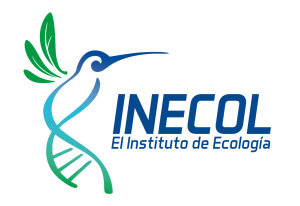Who participates in conservation initiatives? Case studies in six rural communities in Mexico
Previous studies attempting to explain the factors that determine local participation in conservation initiatives have concluded that socio-political exclusion is the main barrier to being involved in such initiatives. Such studies have not differentiated between different types of conservation initiatives. In this paper, we contribute to the literature analyzing the socio-cultural correlates of participation, by differentiating between participation in three types of conservation schemes: protected areas, payment for environmental services, and community conservation. We use data obtained from six rural communities in Mexico, where different combinations of conservation schemes are found. Through linear regression analysis, we explore the relationship between participation and (1) the community of residence; (2) demographics; and (3) socioeconomic characteristics of individuals. Our results suggest that local participation in conservation strategies depends, to a large extent, on the socio-political context in which they are embedded and that the exclusion of
women and young adults is clearly consistent.
Documento disponible aquí
Más Vistos
- Evolutionary approach for detection of buried remains using hyperspectral images
- Built-up index methods and their applications for urban extraction from Sentinel...
- Regular Activity Patterns in Spatio-Temporal Events Databases: Multi-Scale...
- The retarded potential of a non-homogeneous wave equation: introductory analysis...
- Medic-Us an Intelligent Social Network for Medical Services
Más Recientes
- Geographical aggregation of microblog posts for LDA topic modeling
- Active learning in annotating micro-blogs dealing with e-reputation
- Recuperación, procesamiento y clasificación de tuits para visualizar...
- El Test de Turing para la evaluación de resumen automático de texto
- Evolutionary approach for detection of buried remains using hyperspectral images






